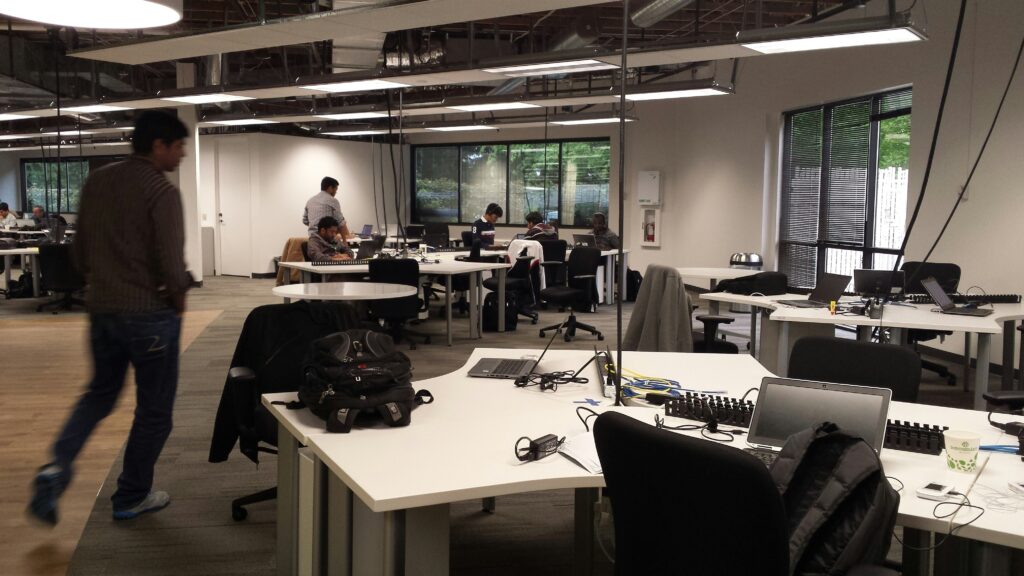
CYBER | Security Posture Assessment
POSTURE
How secure is your company’s footing when faced with the threat of a motivated cyber criminal? Can you remain strong against the growing barrage of cyber attacks?
As we become more and more digitally reliant, an unfortunate side effect of this is the ever-growing threat of cyber attacks. Success lies in our ability to maintain a strong cyber security posture even when faced with the sharp end of an attack.
Tell me more…
Visibility – your first line of defence
You can’t protect what you can’t see and gaining an overall understanding of your company’s cybersecurity posture is a very important first step. Visibility across all areas of your attack surface, including policies, on-premises technology, remote workers, cloud suppliers, other third-party services and their associated staff etc. will help you identify any vulnerabilities and other areas of potential weakness.

Security Posture Assessment
A Security Posture Assessment from Net Consulting covers three critical points, and by taking this approach, you’ll make significant strides in protecting your digital assets and data from cyber risk
Identify what you have
Deployment of discovery agents will identify network traffic meta data and digital assets, showing you clearly what exactly is within your network.


See how and where assets are interconnected
Our team will classify asset criticality and relative vulnerability. This will then be clearly presented to you, and together, we’ll determine remediation priorities.
Determine what’s truly at risk
With this information, and with our team having thoroughly analysed every corner of your network and your current security posture, you’ll be in the best place possible to take immediate action on the most pressing concerns. Straight away you can begin filling holes, locking down devices, and restricting access.

Industry Statistic
Here is the statistic and the rationale for the call to action
How Security Posture Assessment Works
Integrate to Floodlight
NCL’s Digital Operations Centre (DOC) combines NOC and SOC into one. Immediate response and clarity.
Your Secure Service Delivery Partner
UK Sovereign – Global – Specialists
Start your journey to an impenetrable cyber posture
Take that first step to an iron-clad cyber defence posture with a Security Posture Assessment from NCL. Our team will guide you around every corner.

